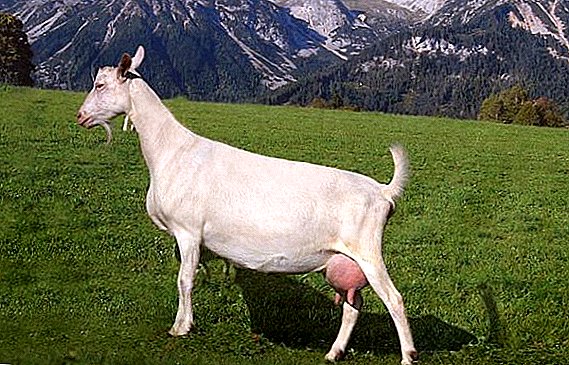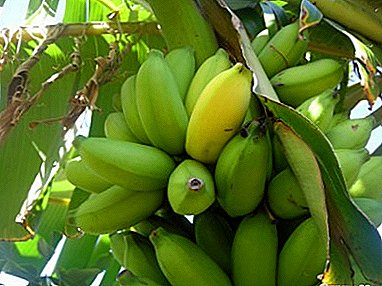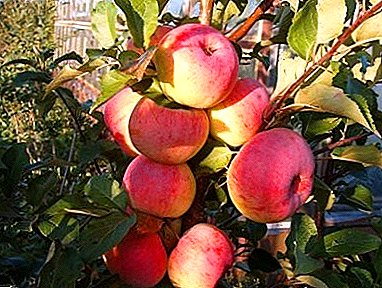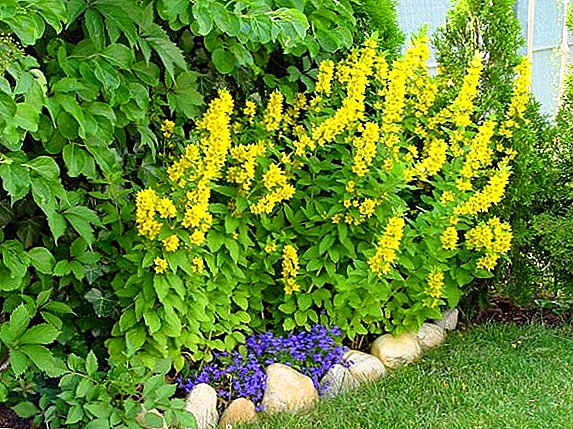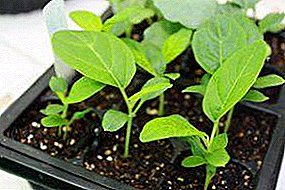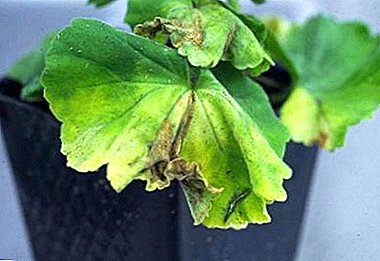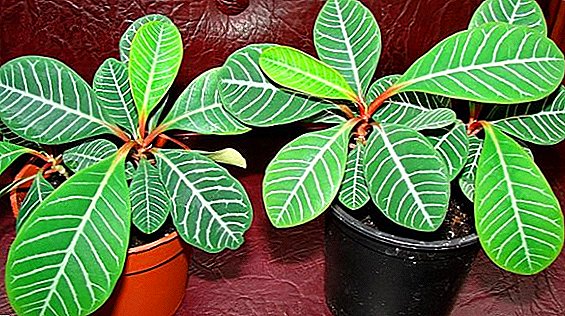 A rare plant can boast of such a large variety of species. Interestingly, plants absolutely different in their external features are representatives of one botanical family, some of which have taken a worthy place in the landscaping of internal spaces.
A rare plant can boast of such a large variety of species. Interestingly, plants absolutely different in their external features are representatives of one botanical family, some of which have taken a worthy place in the landscaping of internal spaces.
Description and characteristics of the plant
The Molochai family has a huge number of species and subspecies (about 2000). These are both annual, perennial, low-growing trees and subshrubs, succulents, cactus-like. In the wild, it is widespread in the subtropics and in territories with a continental climate. Only in the Russian Federation, the species composition includes 160 plant species. In addition to the wild, cultivated euphorbia are used in the landscape design of homestead territories.
Euphorbia got its name because of milky-like juice, which is released when the ground parts of plants are damaged.

The shape of the inflorescence is another unifying feature. Each subsequent flower "grows" over the former, as it were, forming a conglomerate, around which a wrapper of bracts appears. After completion of flowering, the fruit is formed - a three-dimensional box with seeds-nuts in the amount of 3 pieces.
Spurge refers to poisonous plants and the ingestion of human sap or any parts (ground, roots) can cause serious poisoning.
Important! It is not recommended to use spurge in the landscaping of residential premises where there are children and pets.
In room floriculture such types of milkweed are widespread:
- belozhilkovy;
- ribbed (comb);
- Mile;
- triangular (triangular);
- beautiful (poinsetia);
- Jellyfish head;
- enopla;
- fat.

Benefits and healing properties
Euphorbia is a medicinal plant, all parts of which are used as raw materials in the pharmaceutical industry. Juice has an anti-inflammatory effect, has diaphoretic, diuretic properties, has an analgesic effect on the human body. The enzymes present in the juice have an immunostimulating effect.
The roots are used in the manufacture of external medicines for the treatment of skin diseases.
In the past, in the absence of drugs, people used euphorbia juice in the treatment of insect bites and animals, in order to quickly heal ulcers.
Did you know? Milkweed juice is used in cosmetology for skin whitening.
What is dangerous and what harm can be from milkweed?
In addition to the decorative and beneficial properties, the milky juice can provoke an allergic reaction (even to Quincke's edema), irritation, burns. Once inside the body, it is highly likely that it will lead to the development of a severe pathology - toxic gastroenteritis. Particularly serious consequences may develop with the defeat of the mucous membrane of the eyes. If time does not help, blindness may ensue.
Symptoms of poisoning
Once in the alimentary canal, the juice infects the gastrointestinal tract.
The symptoms are:
- headaches;
- dizziness;
- stomach ache;
- pain, burning in the esophagus;
- diarrhea, vomiting, flatulence.

Symptoms of poisoning occur within 8 hours, gradually increasing. If time does not provide first aid, there are irregularities in the nervous system (convulsions, confusion, etc.) and the cardiovascular system (a sharp decrease in blood pressure, failure of heart rhythm). In severe cases, coma and death can occur. Poisoning is a particular danger for people with allergies. In this case, a sharp deterioration in health can occur immediately.
First aid
The main stages of emergency care:
- Acceptance of activated carbon, enterosgel (according to the instructions for the drugs).
- Magnesium sulfate - saline laxative drug.
- Drink sufficient beverages with enveloping properties (kissels, rice water), non-carbonated water (alkaline reaction), milk.
- Wash the skin several times with soap and then apply an anti-burn ointment with anesthetic.
- If the milky sap splashed into the eyes, you should immediately rinse with running water, decoction of chamomile.
- Take a pill anti-allergic properties (Zyrtec, Claritin, Suprastin).
Untimely assistance can cause irreversible processes in the human body, up to a lethal outcome.
Did you know? Poinsettia or Christmas Star - Euphorbia with beautiful red bracts. In order for a plant to acquire such a coloration, it is important to maintain it in the dark every day for at least 12 hours.
Basic rules for keeping at home
In order for the plants to bring aesthetic pleasure, it is necessary to follow the rules of keeping at home.
- Temperature conditions. The air temperature, where the flower grows, must be in the range from + 18 ° С to + 25 ° С. In the spring and summer, the pot can be moved to the balcony, terrace. Some representatives of milkweed can withstand temperatures of about + 5 ° С , but in this case, the lighting should be as sufficient as possible.
- Lighting Requirements. Almost all types of euphorbia belong to the sun-loving plants, except for poinsettia, which needs diffused light. The violation of the light mode can be determined by the color of the leaf plates - the brightness disappears, and the variegated species lose their color feature.
- Pruning. This procedure is recommended to produce after flowering, in the summer. Cut dry branches, shorten overgrown shoots. In flowering species should be left young growth with flowering next year.

- Watering mode. Excess water is harmful to the plant. In the summer period, water is watered once a week, in winter - reduced to once a month. If for any reason the air temperature in the room drops below + 12 ° С - watering is stopped. In hot days recommended spraying water from a spray bottle.
- Top dressing. Euphorbia fertilized with potash fertilizers in the spring-summer period once a month after watering, when there is an active growing season.
- Transfer. This procedure is carried out only with the growth of the root system, i.e. the pot becomes "close".
- Diseases, pests. With inadequate maintenance of plants, they lose their attractiveness, turn yellow, shed their leaves, and may die. Therefore, care for the representatives of the family of euphorrhoea must be carefully carried out, ensure that pests do not start (spider mite, root and mealybug, aphid). Root pests are destroyed by transplanting plants by flushing with water (temperature - + 45 ° С) and the subsequent treatment of the soil with Aktara. Ticks, aphids are harvested by hand with the subsequent processing of the leaves and the stem with a solution of soap. In especially neglected situations, insecticides are used, for example, Fitoverma.
Important! All types of room milk eaters do not tolerate overmoistened soil and drafts.
Precautionary measures
Given the fact that milk spur is poisonous plants, certain security measures should be strictly observed:
- exclude the possibility of direct contact of the flower with children and pets;
- not to engage in the preparation of traditional medicines based on the juice and parts of the plant;
- transplantation, trimming should be carried out with gloves and goggles;
- If juice comes into contact with exposed skin or eyes, rinse immediately with plenty of running water.
Euphorbia - plants with a variety of decorative properties, which, without any doubt, adequately fit into the home and office interiors. And with the observance of simple security measures in the care of the flower, the plant for many years will be pleased with their appearance.





